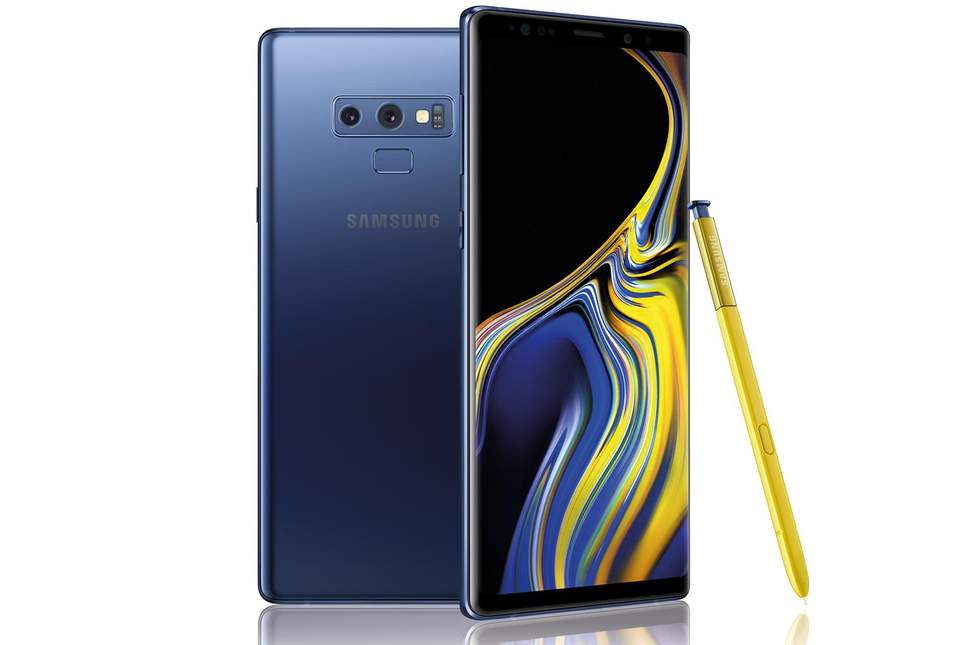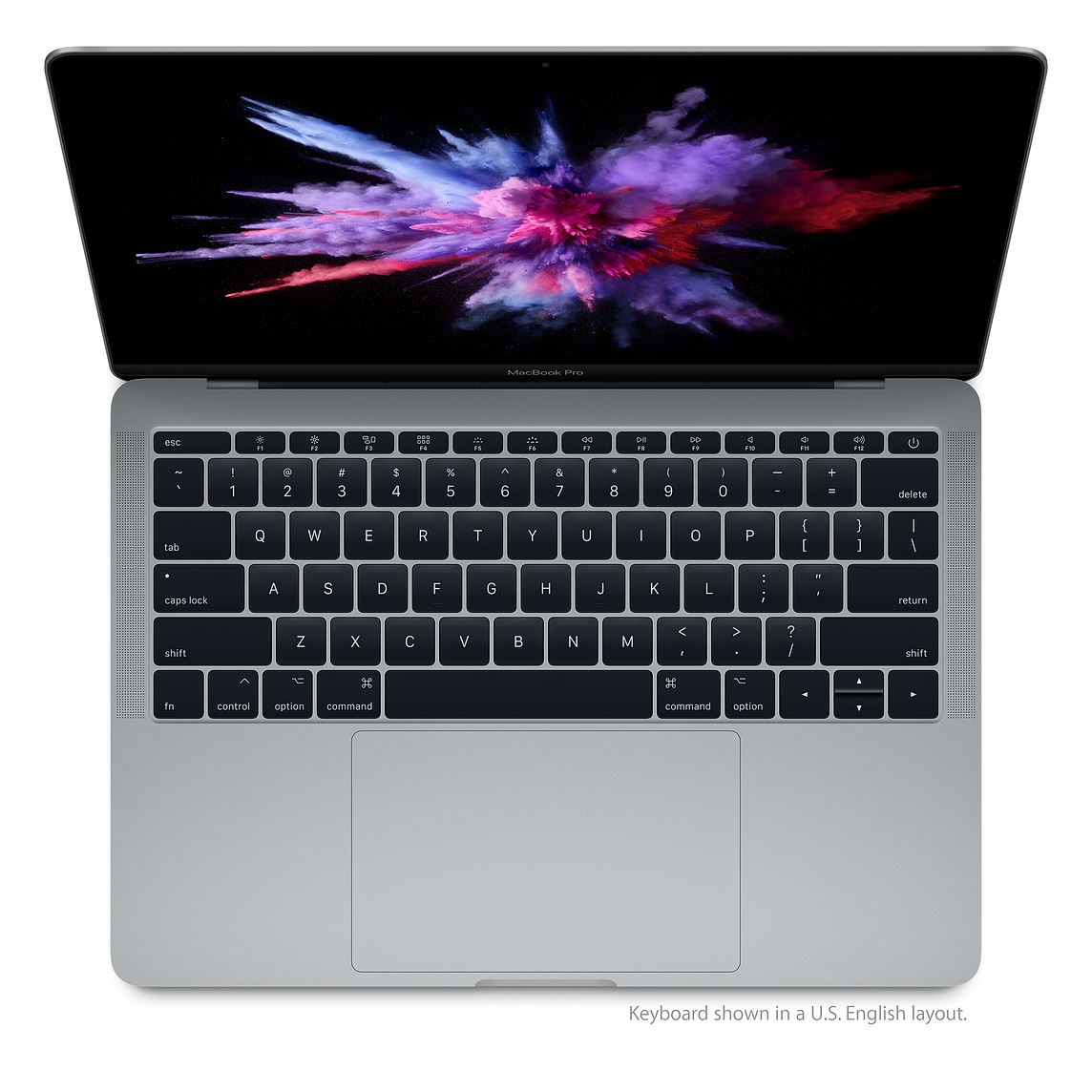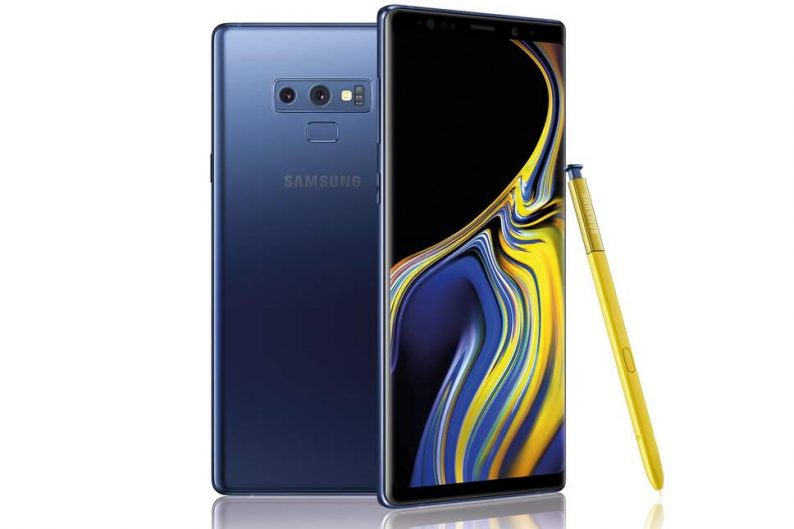Should you buy a cheap laptop or an expensive smartphone? Is that even a choice? They’re not interchangeable, are they? Most business professionals and road warriors know that you can do a lot of business on a smartphone, but to do a deck or a report or a spreadsheet, you really need a … wait. What do you really need?
Smartphones are now owned in 87 percent of U.S. homes, behind only televisions (96 percent), according to the Consumer Technology Association (CTA). Laptops are a fairly distant third (72 percent).
Most flagship smartphones are more powerful and have as much internal storage as low-to-medium-priced laptops. The new Samsung Galaxy Note 9, for example, can have up to 1TB of internal storage, has a very fast processor, and includes Samsung DeX – an app that allows any compatible Samsung Galaxy device to connect to any HDMI-compatible video monitor, connect to any Bluetooth-compatible keyboard and mouse/trackpad, and act as a pretty respectable PC.

Interestingly, while smartphone sales are on the rise – revenue in 2018 will reach $78 billion, a 13 percent increase from 2017 – reach $78 billion, especially convertible and cloud-based models. The CTA projects laptops sales will reach 50.1 million units (3 percent growth) and earn $28.4 billion in revenue (nearly unchanged from 2017).
While the line between smartphone and laptop specifications continues to blur, many professionals still need (or want) a laptop. But as more programs are outsourced to the cloud (you can get a year of Microsoft Office 365 for $99, or Adobe’s Creative Cloud suite for as little as $9.99/month), how powerful does your laptop need to be? If all you need is a really good monitor, a good graphics card, and a fast internet connection, which should you buy?

Apple MacBook Pro
Sales Figures: In case you haven’t heard, everything at Apple is selling well. While Apple recently announced that quarterly Mac sales were down 13 percent year over year (YoY), that number is a bit misleading; in 2017, Apple released new MacBooks, MacBook Pros, and iMacs, but the timing didn’t line up the same way in 2018. It’s difficult to distinguish between sales of MacBook Pros and iMacs, but analysts earlier this year were predicting an increase of 13 to 16 percent in MacBooks shipped, which would mean stronger annual growth than either the iPhone or iPad.









Leave A Comment